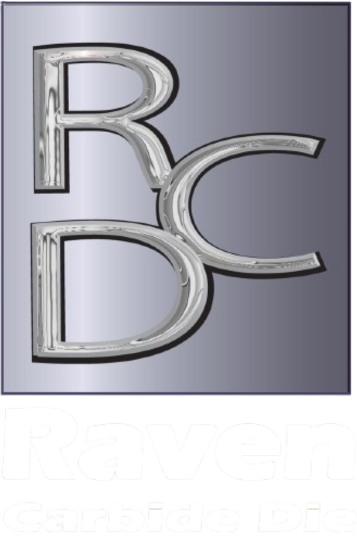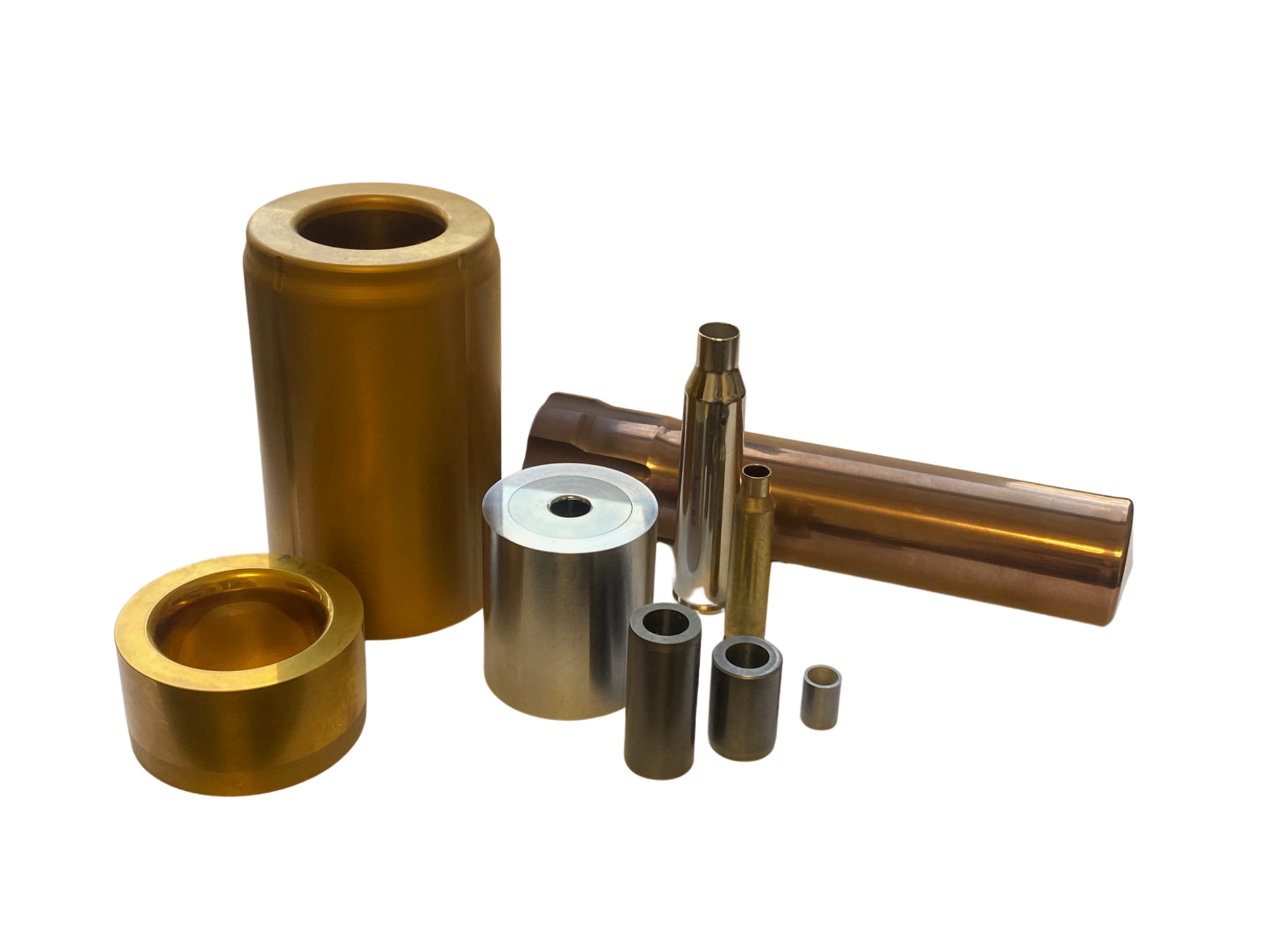One of the most resilient and versatile materials in modern industry. It finds applications in various fields, from machining and manufacturing to mining and even jewelry.
In this blog, we’ll learn more about tungsten carbide die, its unique properties, and how it impacts our lives. We’ll also examine its composition, the different grades available, and why it’s become indispensable across numerous industries.
Tungsten Carbide Material & Properties
Tungsten carbide is a compound material. It’s made by combining two elements: tungsten and carbon. The process involves binding its particles with a metal, usually cobalt or nickel. This acts as a “glue,” holding the carbide particles together.
Key Properties
The unique tungsten carbide composition gives the compound several distinctive properties, including:
- Extreme Hardness: Incredibly hard. It ranks around 8.5-9 on the Mohs hardness scale, meaning it’s much harder than steel.
- High Density: Very dense, which contributes to its durability and makes it suitable for applications requiring weight.
- High Melting Point: It also has a very high melting point, allowing it to perform well under high temperatures.
These properties make this material ideal for applications needing strength, wear resistance, and the ability to withstand harsh conditions.
What is Tungsten Carbide Used For?
Given its remarkable properties, there are different applications across various industries. Some notable examples include:
Metal Working and Machining
Tungsten carbide’s hardness makes it ideal for cutting tools, drill bits, and milling cutters. These tools can efficiently cut through hard materials like steel and titanium, making them crucial in the manufacturing and metalworking industries.
Wear-Resistant Parts
Its resistance to wear and abrasion makes tungsten carbide perfect for parts that experience high friction. This includes dies, nozzles, bearings, and other components used in machinery and equipment.
Mining and Construction
Tungsten carbide also excels in the demanding environments of mining and construction. It’s used in drilling equipment, rock bits, and other tools that need to withstand harsh conditions and abrasive materials.
Other Applications
Beyond industrial applications, tungsten carbide’s strength and resistance to wear make it a valuable material in a surprising number of everyday items. For example, it’s a popular choice for jewelry because it resists scratches and maintains its shine. Sports enthusiasts might find it in golf clubs and fishing gear, where its density and durability offer performance advantages. Even the medical field utilizes tungsten carbide in implants due to its biocompatibility and long-lasting nature.
These diverse applications showcase the adaptability of tungsten carbide and its ability to improve products in various fields.
Tungsten Carbide Die Grades
It comes in various grades, each with specific properties and applications. These grades are determined by factors like the grain size of the particles and the type and amount of binder metal used in the tungsten carbide composition. This variation allows manufacturers to fine-tune the material for optimal performance in different uses.
Common Tungsten Carbide Grades and their Applications
Here’s a look at some of the common grades:
- C-grade: C-grade is specifically designed for wear resistance and is often used in applications such as drawing dies, cutting tools for non-ferrous materials, and wear parts.
- K-grade: This grade is known for its toughness and resistance to wear. It’s often used in applications involving impact and shock, such as metal forming and mining tools.
- M-grade: M-grade offers a balance of wear resistance and toughness. It finds applications in general-purpose machining, like turning and milling operations.
- P-grade: This grade excels in wear resistance and is less prone to chipping. It’s suitable for applications involving high abrasion, like cutting abrasive materials or creating wear-resistant components.
Selecting the appropriate grade is crucial for achieving the desired performance and lifespan of your tungsten carbide tools or components. Each grade offers a unique balance of properties, making it essential to match the material to the intended application.
Benefits of Using Tungsten Carbide
Its exceptional properties translate into tangible advantages for businesses and manufacturers, including:
Increased Productivity and Efficiency
Can withstand higher cutting speeds and heavier loads compared to traditional steel tools. This leads to faster production times and increased efficiency.
Cost-Effectiveness
Its extended lifespan and reduced downtime result in long-term cost savings.
Extreme Durability
Tungsten carbide’s resistance to wear, heat, and corrosion makes it ideal for applications in demanding environments. It can operate under extreme conditions where other materials would fail.
Furthermore, the use of carbide dies in manufacturing contributes to greater precision and product quality. These advantages highlight why tungsten carbide has become indispensable in modern manufacturing and other industries.
Wrapping Up
Tungsten carbide has proven to be an exceptional material with diverse applications across numerous industries. Its hardness, durability, and versatility make it a valuable asset in manufacturing, mining, construction, and even everyday items like jewelry. Understanding its properties and grades allows you to harness the power of tungsten carbide to improve efficiency, productivity, and product quality.
If you’re seeking to leverage the benefits of tungsten carbide in your operations, our team at Raven Carbide Die is ready to assist you. Contact us today to discuss your needs and explore how our expertise can help you achieve your business goals.



